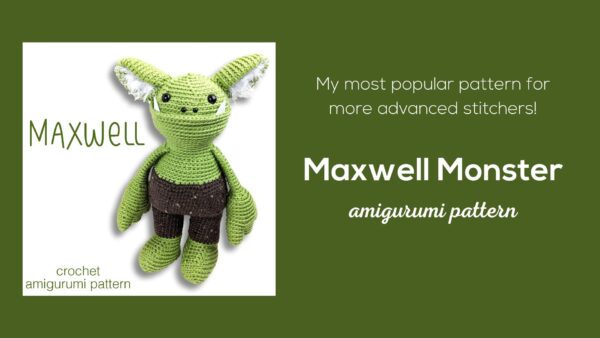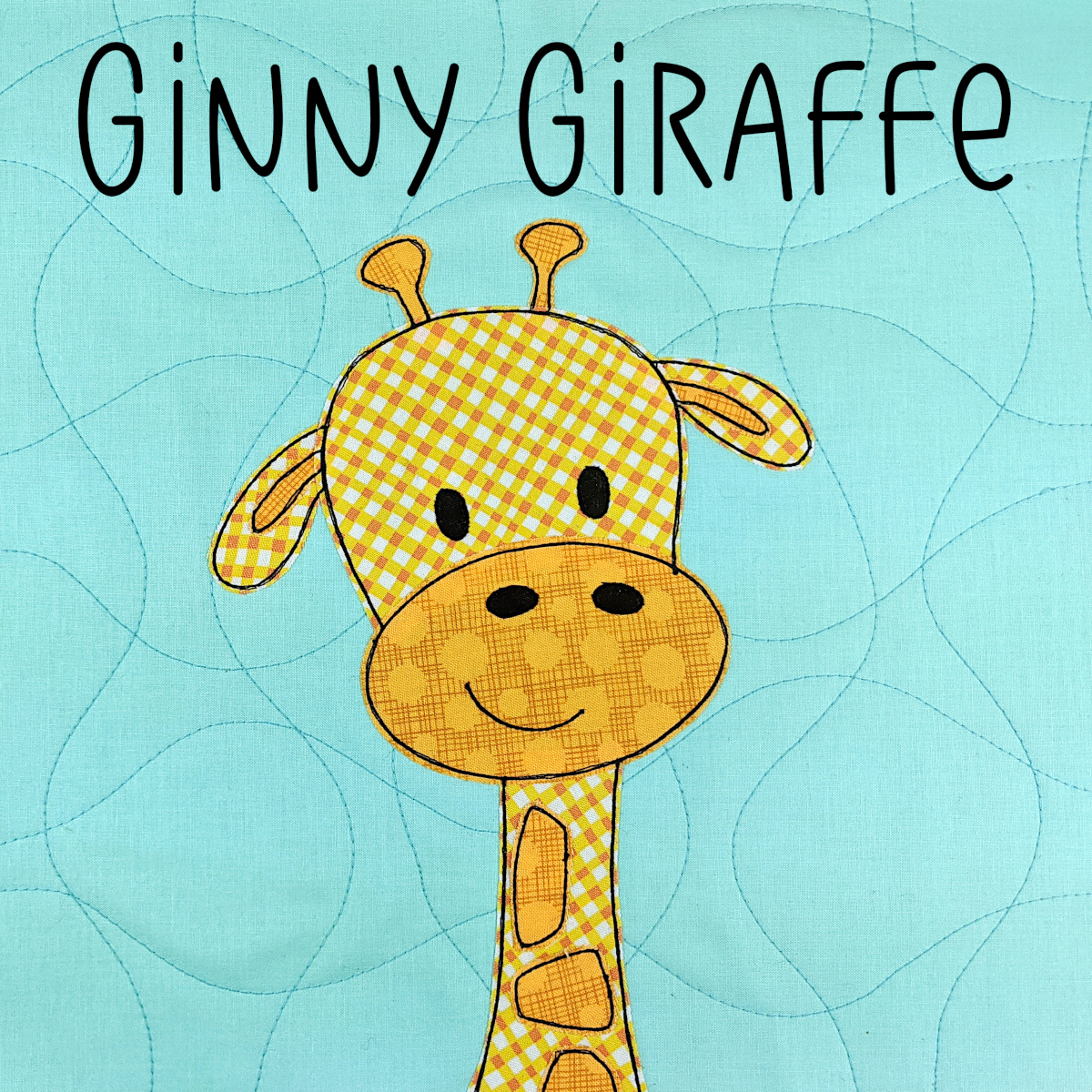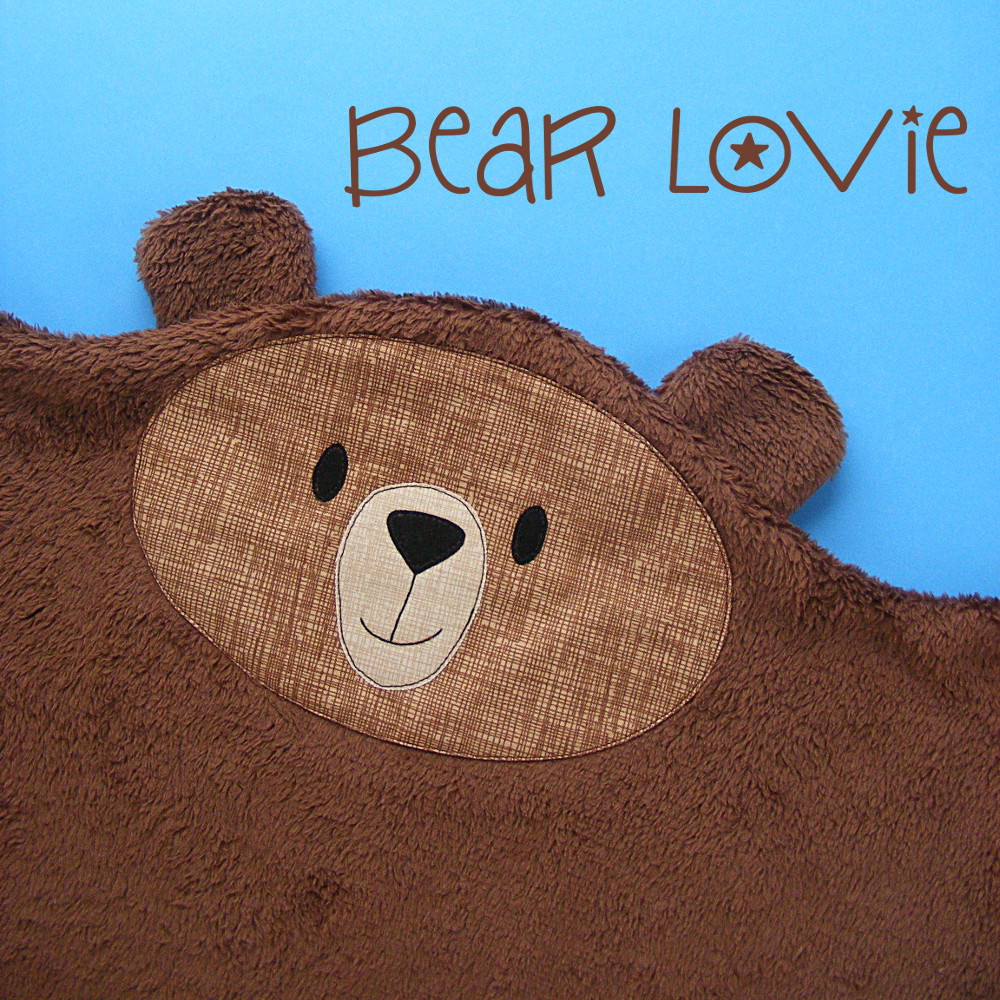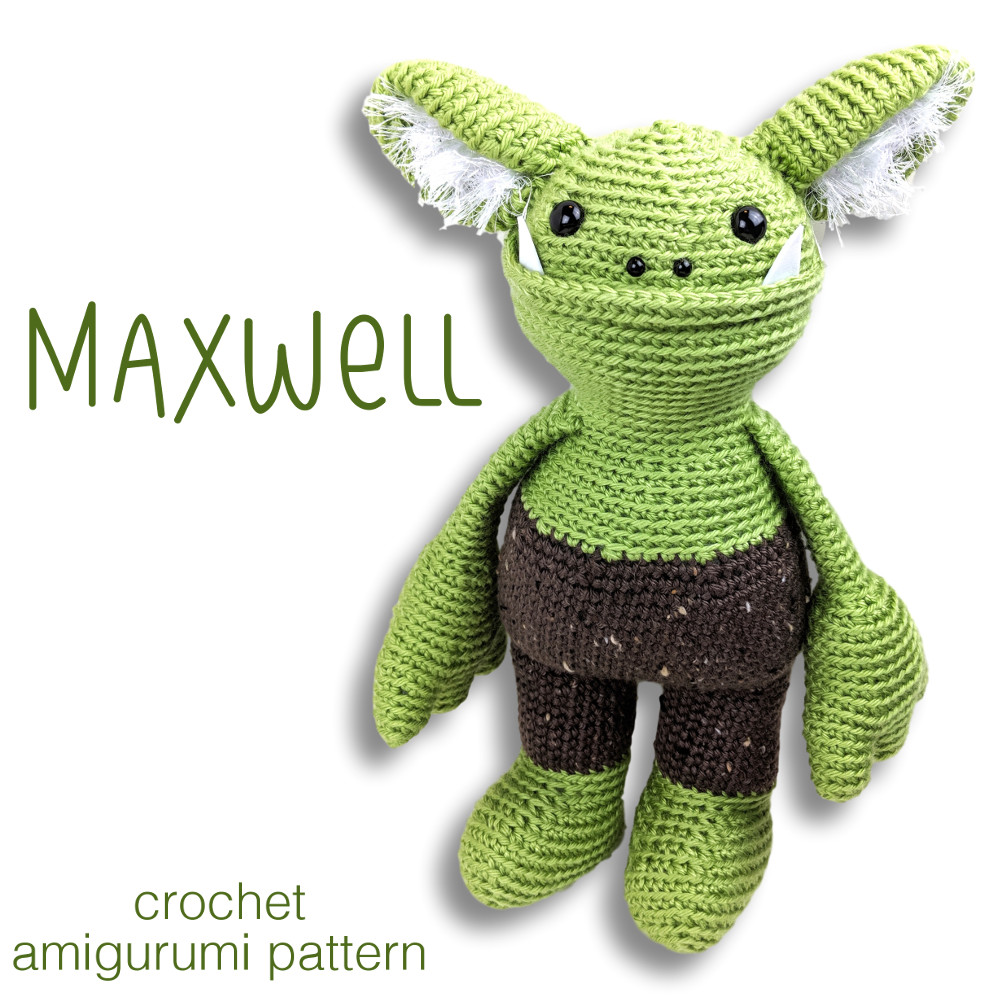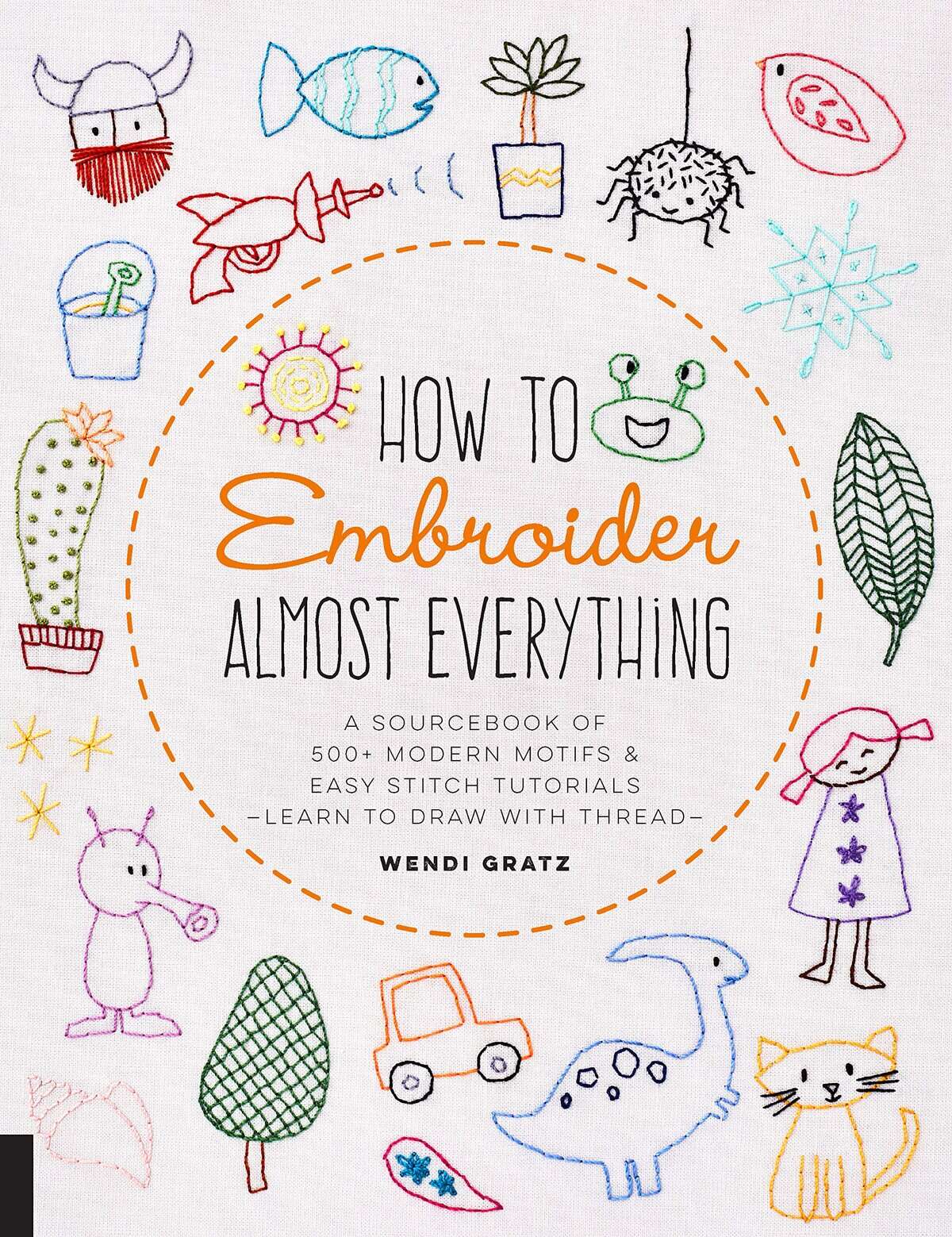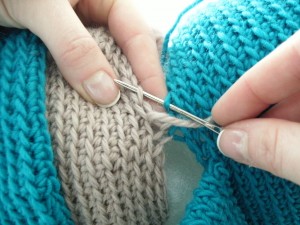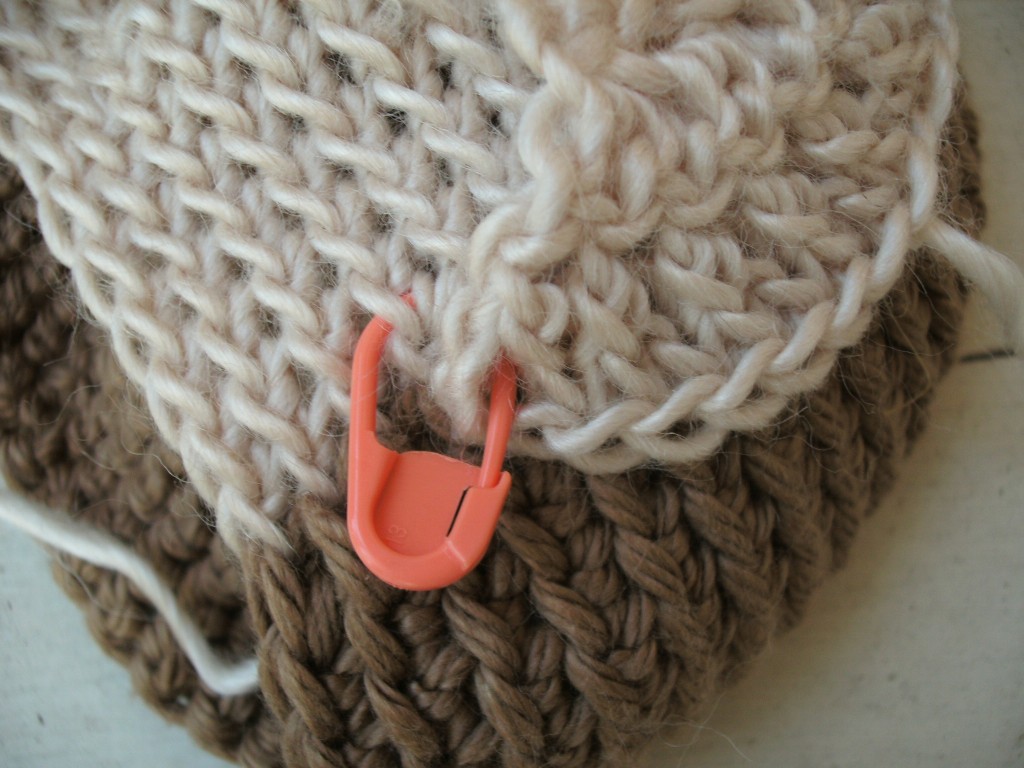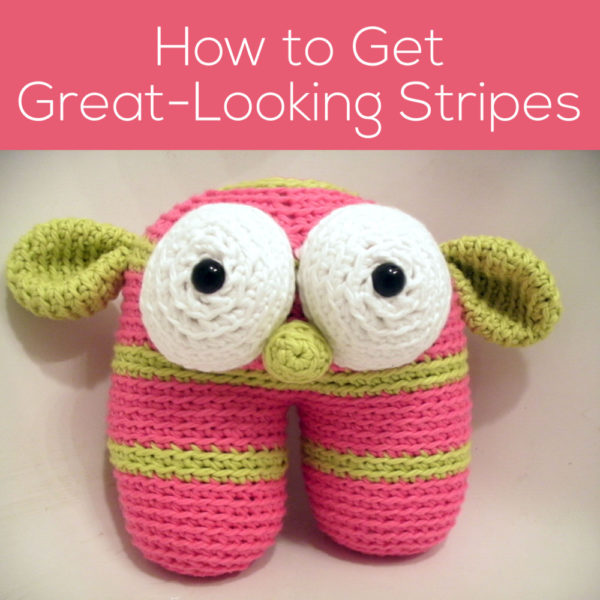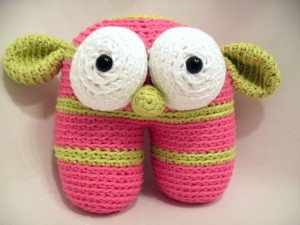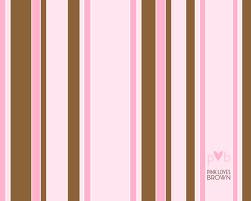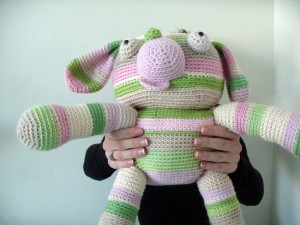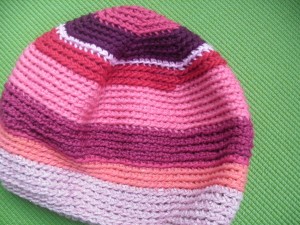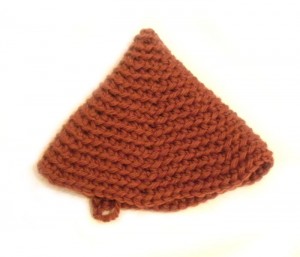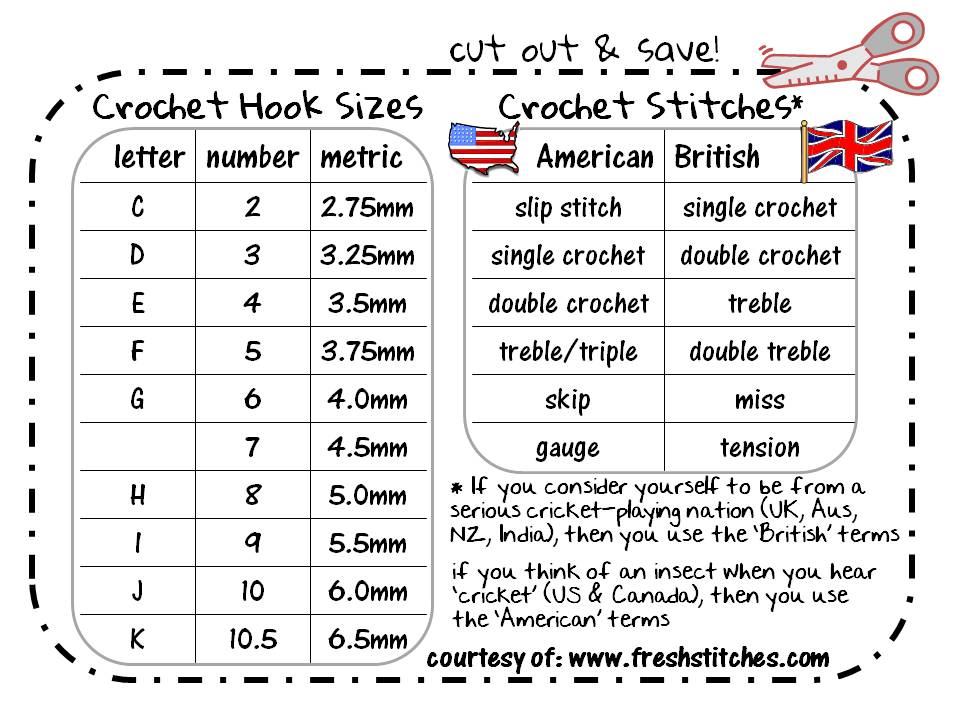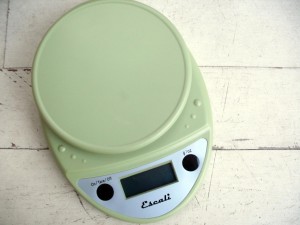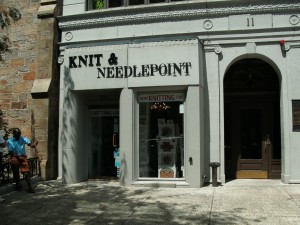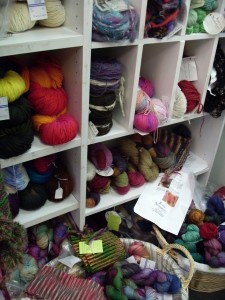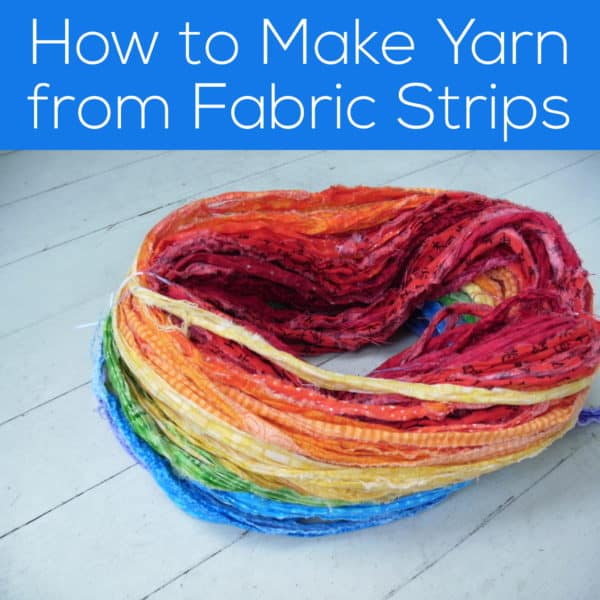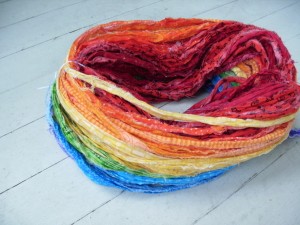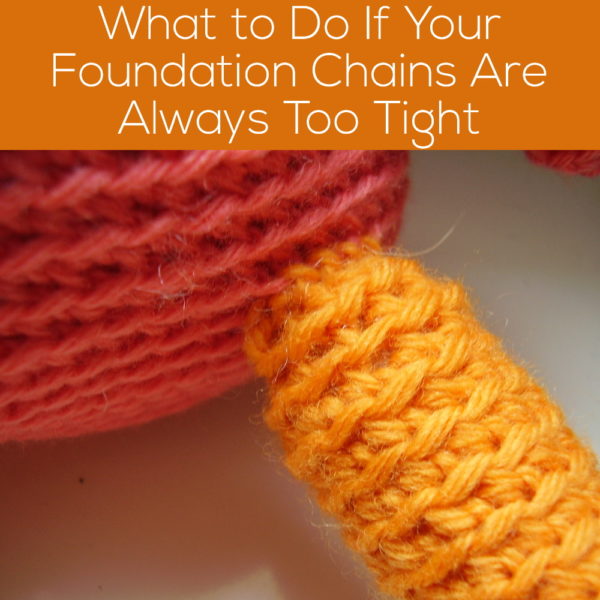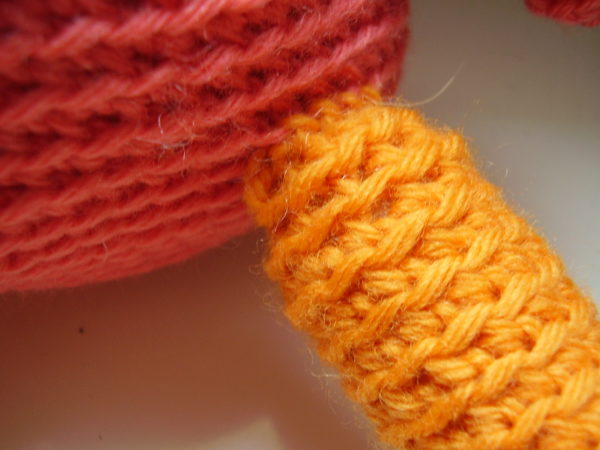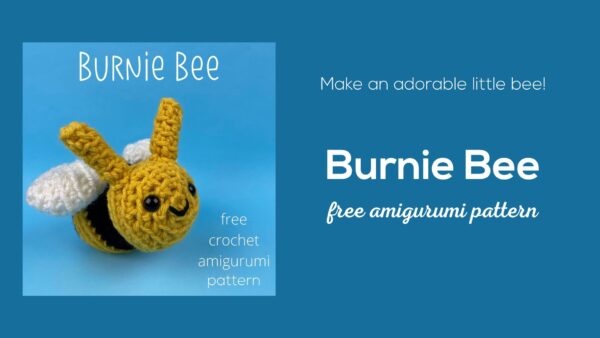
Yay, it’s Tuesday… which means it’s time to share another amigurumi-making tip! This week, I’m answering a question sent in to me by Mary:
When attaching parts do you sew into both loops on the piece to be added? Which do you recommend?
Excellent question! And I have two answers.
The first answer is that it really doesn’t matter whether you attach your animal’s pieces using both loops or just one. Neither way results in a significantly different look. For the best results, you should be consistent throughout the piece about which one you use.
Okay, now the second answer is about what I do. I actually only use the back loops when attaching pieces.
There’s no real method to my madness- I think that, since I crochet through the back loop, it’s easier for me to attach through the back loop!
So, there you go… either way you want to do it will result in a happy amigurumi! Hope you have a great Tuesday!

Here are handy links to all the posts about attaching parts. . .
- How to Attach Limbs to Amigurumi
- How to Attach Amigurumi Arms and Legs with Single Crochet
- Tips for Attaching Amigurumi Features
- Which Loop Do You Use When Attaching Pieces?
- How to Attach Nicely Rounded Amigurumi Pieces
- How to Give Your Amigurumi a Shapely Neck
- How to Attach a Flattened Piece to Amigurumi
- How to Attach a Folded Ear to Amigurumi
- How to Attach a Folded Ear to Two Rounds
- How to Attach Flat Spots Using Running Stitch
- How to Attach with Single Crochet
- Tips for Attaching a Dress to Your Doll
Return to the main table of contents for Let’s Learn to Crochet Amigurumi.
Move on to the lessons about faces and details.
Happy stitching!

